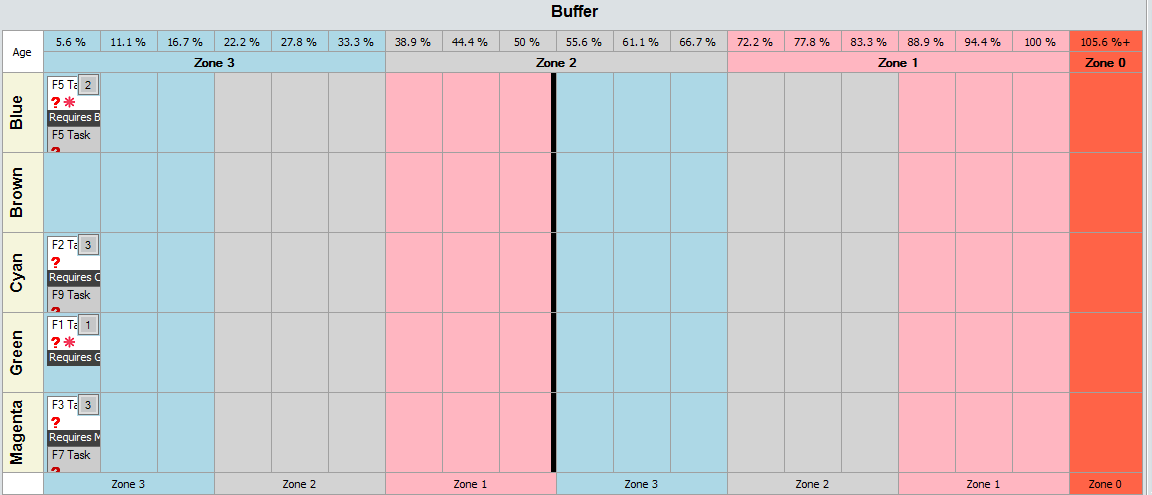Understanding the Nine Phases of Productivity - Phase Five
Phase Five is characterised by standardising, tracking, and visualising the process used to complete a job.
A Typical Phase Five Business
Your staff are using word-of-mouth or paper-based processes (Standard Operating Procedures, SOPs). Variations and edge cases are not handled well by the current SOPs and your recorded SOPS often become outdated quickly. Your SOPs are available to all operational staff, but are generic and are updated only infrequently.
New versions of SOPs are often difficult to implement. You may have the SOPs available, but staff are slow to switch over to the newest version, often meaning that both SOPs can be found concurrently in operations, perpetuating the faults of the outdated SOP.
Sometimes, people find they cannot adjust data entry requirements to capture the right data for their jobs. You are getting some push-back from your staff, who complain that using the system isn’t making their jobs easier, if anything it’s making their jobs harder.
Job progress is hard to track, often requiring 'go find out' activity. Downstream processes have little visibility of inbound load, with pertinent job status information residing in various staff members' heads. Managers find that their awareness of performance risk often occurs too late for them to efficiently mitigate the risk.
The Transition Journey From Phase Four
Implementing Phase Five means the process itself is recorded in the system in the form of Standard Operating Procedures (SOPs). All jobs contain a series of steps/progress markers (essentially a ‘to-do’ list) which can be easily followed and updated by all staff members. This allows the same process to be followed job-to-job, regardless of who completes the job.
Increasingly, your system will contain your processes as data. You'll start by transferring cover sheet tick-lists into the computer as templates, and generate the same job work instructions from the same job workflow templates.
All your SOPs contain a series of steps (tasks) and progress markers (workflows) which can be easily followed and updated by all staff members. Increasingly, you will find that job status is kept up to date, as progress is made and marked in the system. As your people use the SOPs, they will start updating the generic SOP for next time.
The Benefits of Completing Phase Five
Latest SOP updates go into use immediately. You’ll notice that your SOP updates are instantly available and the latest versions are propagated into all new jobs. Following the updated SOPs will become second nature to staff, it’s reflexive rather than a burden.
- The same processes are being followed job to job, regardless of who completes the job.
- Staff are able to build edge-case or variations of SOPs, and the system will automatically choose the right branches and conditional elements for each special case.
- All staff have immediate access to up-to-date process guidance.
Downstream processes will gain visibility of the work that is coming their way. Increasingly, it will become clear within any job, at any time, what the current progress state is, what the next step is, and who is responsible for completing the next step.
Staff efficiency will increase by knowing exactly what needs to be done next and how to do it, rather than having to get a briefing of the information out of the previous staff members’ heads, or trying to deduce the next step by reviewing the file.
- Staff are able to take over control quickly with low pick-up delays, and see the benefits of the SOPs making their job completions easier and more efficient.
